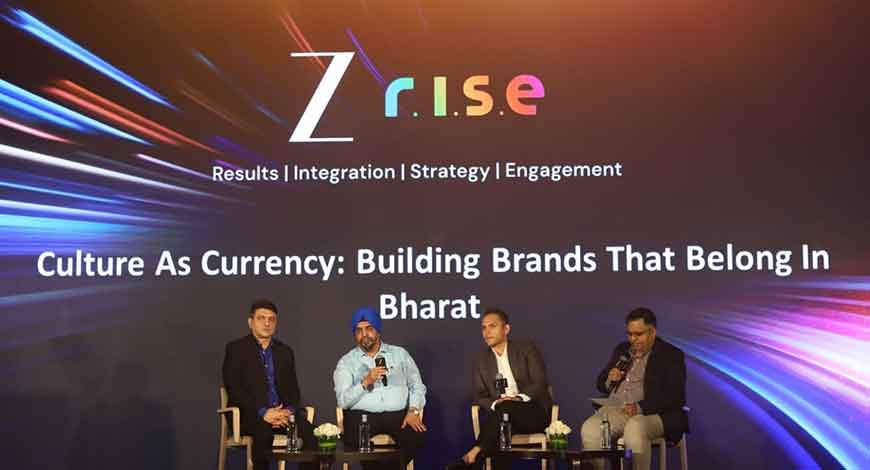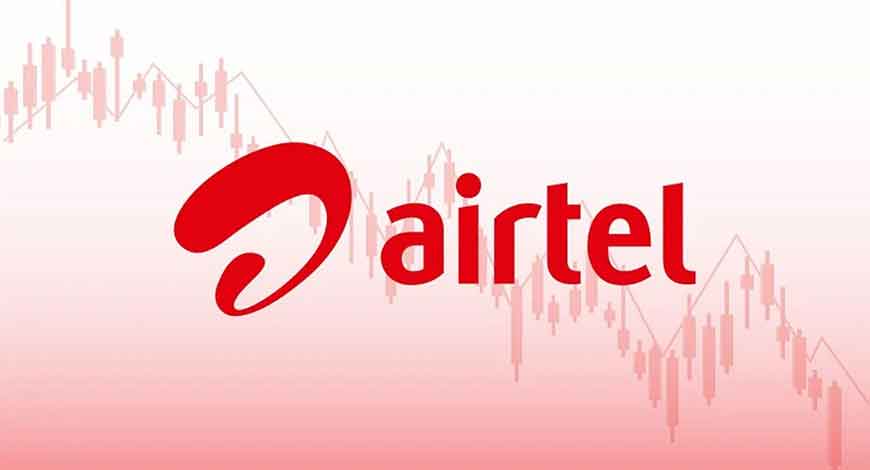By 2030, GCCs in healthcare, life sciences sectors will increase to 160 centres from 100 now
India’s Global Capability Centers (GCCs) have steadily evolved from cost-saving outposts to critical infrastructure in the global healthcare value chain. Nowhere is this transformation more evident than in the life sciences and healthcare (LSHC) sector – where digital health, regulatory services, and AI-enabled analytics are increasingly being delivered not just from India’s metros, but from cities once considered peripheral to the innovation map.
Tier-2 cities are not merely absorbing overflow. They are actively stepping into the spotlight. Today, India hosts over 100 LSHC GCCs, employing more than 280,000 professionals. By 2030, that number is expected to reach 160 centers and over 420,000 employees. The shift underway is not just quantitative. It is geographic. And strategic as well.
“Tier-2 cities are emerging as ideal candidates for housing next-generation LSHC GCCs,” Ritu Baliya, Associate Director – Strategy, Healthark Insights, told The Hans India. “Strong policy support, sector-specific academic pipelines, and improving infrastructure are enabling global enterprises to expand with confidence – not just at lower cost, but with greater long-term alignment”. Ritu Baliya, with over 10 years of experience, has been advising life sciences and healthcare clients worldwide on strategy and market insights. She also supports the growth of Global Capability Centers by helping organizations tap into India’s evolving innovation and talent ecosystem.
From Kochi to Warangal, Vadodara to Coimbatore, a new network of cities is rewriting the operational map for life sciences capability. These urban centers are now offering what once only metros could: talent continuity, access to clinical and regulatory institutions, and robust digital infrastructure. Importantly, they are doing so with lower attrition, higher workforce stability, and sharper sectoral focus. State governments have accelerated this trend by moving from generic IT policies to GCC-specific blueprints. Telangana, already a recognized tech leader, is seeing growing GCC activity in Warangal, Karimnagar, and Nizamabad, building on Hyderabad’s momentum. As per ANSR’s Q4’23 GCC report, 3 of 14 new GCCs and 7 of 29 expansions in India occurred in Telangana alone. This momentum is not accidental. With commercial property rates and power tariffs lower than in states like Maharashtra and Karnataka, and a data center pipeline expected to grow from 44 MW in 2023 to 128 MW by 2026, the state is creating the right conditions for digital health operations to flourish. It also helps that Telangana has the highest percentage of employable youth (18–21 years) in India, according to the Wheebox National Employability Test.
Andhra Pradesh, too, is moving with intent. The state is positioning Visakhapatnam as a strategic Tier-2 hub for LSHC GCCs by offering rental subsidies of`2,000 per seat for 24 months, power incentives for five years, and housing and education allowances of up to`1 lakh per employee. Combined with an affordable, trained talent pool and a growing appetite for public-private collaboration, AP’s model is quietly gaining traction.
In Gujarat, the state’s life sciences backbone is being augmented with policy muscle. Gujarat’s vision includes attracting 250 new GCCs, creating over 50,000 jobs, and securing Rs 10,000 crore in investments. GCCs operating in the state benefit from 100 per cent electricity duty waivers for five years, 80 per cent reimbursement of quality certification fees, and provident fund reimbursements – 100 per cent for female employees and 75 per cent for male employees. For companies operating in regulatory affairs, R&D, and clinical operations, Gujarat offers both capability and continuity.
Tamil Nadu is driving a MedTech and digital health GCC agenda with Rs 2,295 crore allocated toward expanding operations beyond Chennai. Coimbatore, Madurai, and Trichy are seeing early momentum as the state leverages its industrial legacy, IT base, and deep manufacturing ecosystem to attract global healthcare enterprises. Ongoing investments in IT parks and industrial corridors are reinforcing this long-term intent.
Even states that were previously outside the GCC narrative are making credible plays. Uttar Pradesh, for instance, has introduced a targeted GCC policy aimed at channeling investment into Lucknow and Kanpur – home to premier institutions like CDRI and SGPGI. Companies setting up in eligible zones receive land subsidies of up to 50 per cent, 100 per cent stamp duty exemptions, and capital investment subsidies. With foundational infrastructure in place and a large workforce base, UP is building a research-oriented positioning that complements its demographic scale.
The corporate response has been pragmatic – and increasingly bold. In Kochi, Aster DM Healthcare’s Rs 850 crore investment reflects confidence in Kerala’s strategic push toward high-impact healthcare. The Invest Kerala Global Summit has spotlighted Kochi’s readiness for innovation-driven GCCs. In Coimbatore, firms are experimenting with digital twin models – simulating drug processes, piloting MedTech innovations, and fine-tuning delivery strategies before global rollouts. Vadodara, long a stalwart of the pharmaceutical industry, is attracting attention from global players looking to scale regulatory and analytics capabilities outside saturated metros. And Warangal – powered by its proximity to Hyderabad, NIT-trained talent, and operational setups by LTI Mindtree and Genpact – is becoming a blueprint for how smaller cities can host enterprise-critical operations.
“The attractiveness of Tier-2 cities lies not just in cost arbitrage,” Baliya notes. “It’s in the growing belief that operational excellence and innovation maturity can be achieved outside traditional hubs – with the right partners, policies, and infrastructure.” This shift is more than a footnote in India’s GCC evolution. It signals the emergence of a broader, more resilient ecosystem – one that supports diversification, accelerates hiring, and anchors capability where it’s most scalable. For global life sciences companies, Tier-2 cities offer a rare trifecta: affordability, depth, and dependability.
Importantly, this decentralization aligns closely with India’s macroeconomic ambitions. As Telangana and other forward-looking states aspire toward the $1 trillion economy mark, the integration of Tier-2 cities into the global services grid isn’t just an operational play – it’s a national strategy. It widens the talent funnel, localizes innovation, and deepens India’s relevance in global healthcare supply chains.
As the healthcare industry becomes more data-intensive, digitally managed, and globally distributed, Tier-2 cities are no longer the second option. They are rising – with intent, with talent, and with a model that fits the future of healthcare delivery. The Hans India









